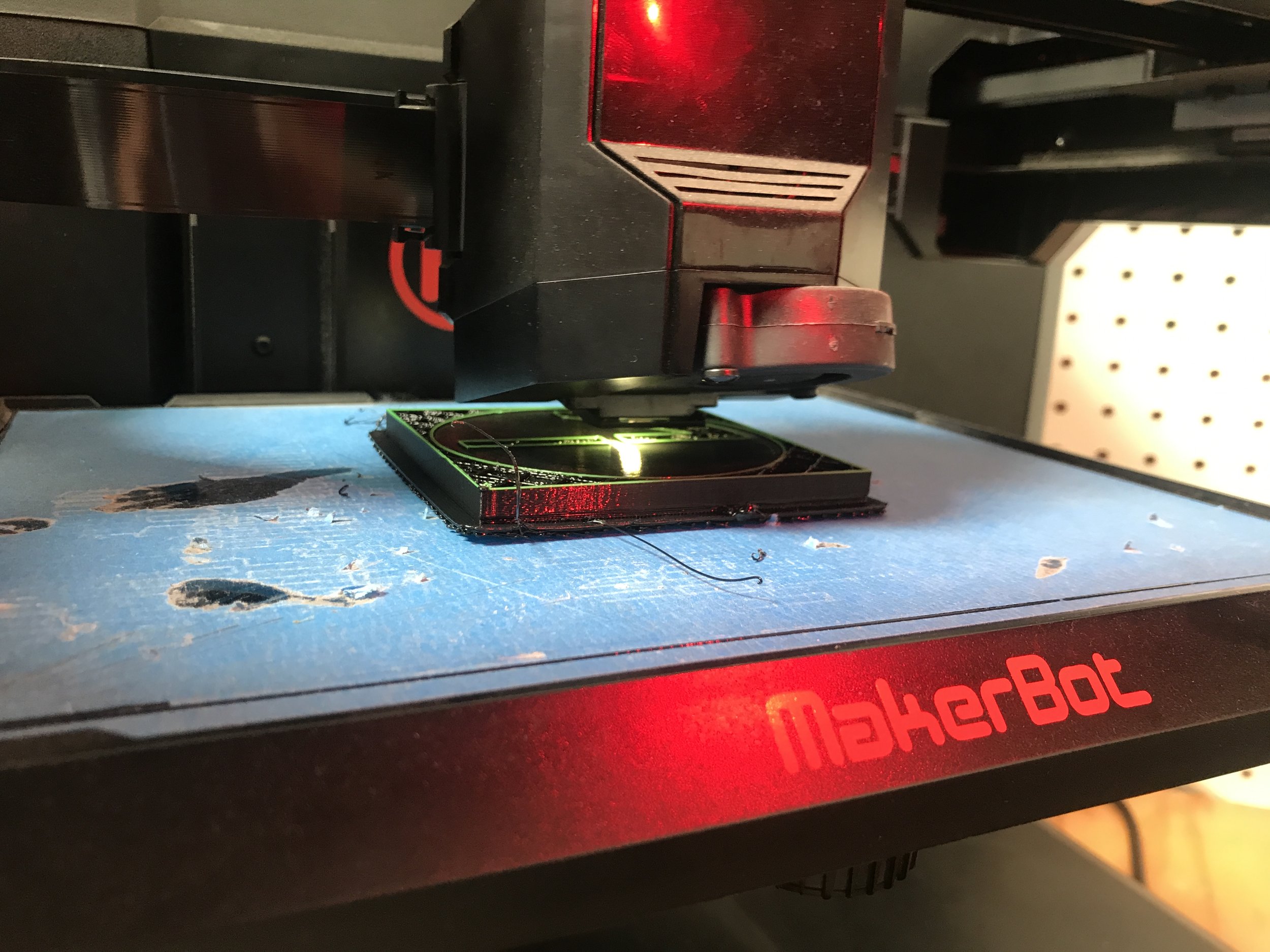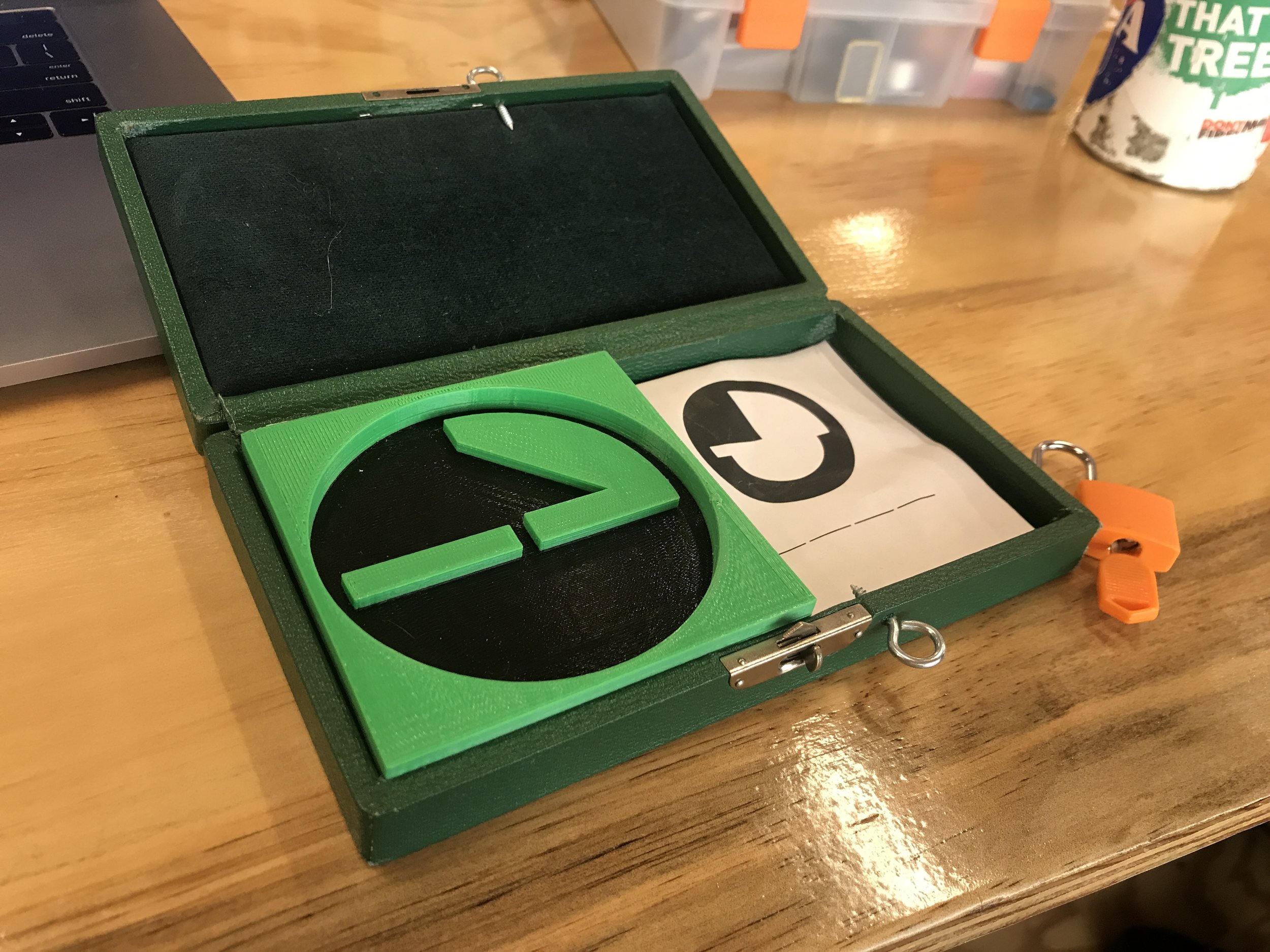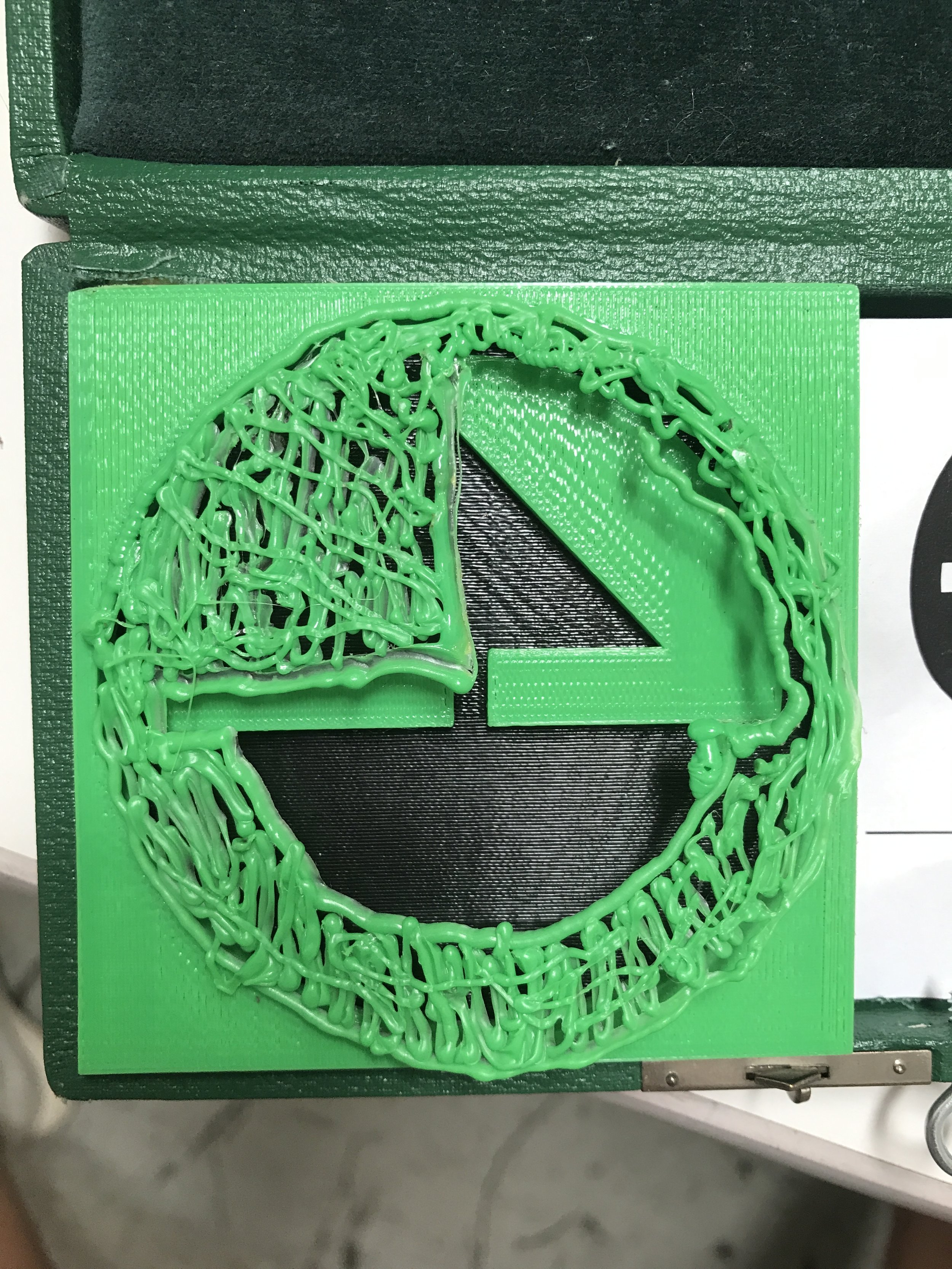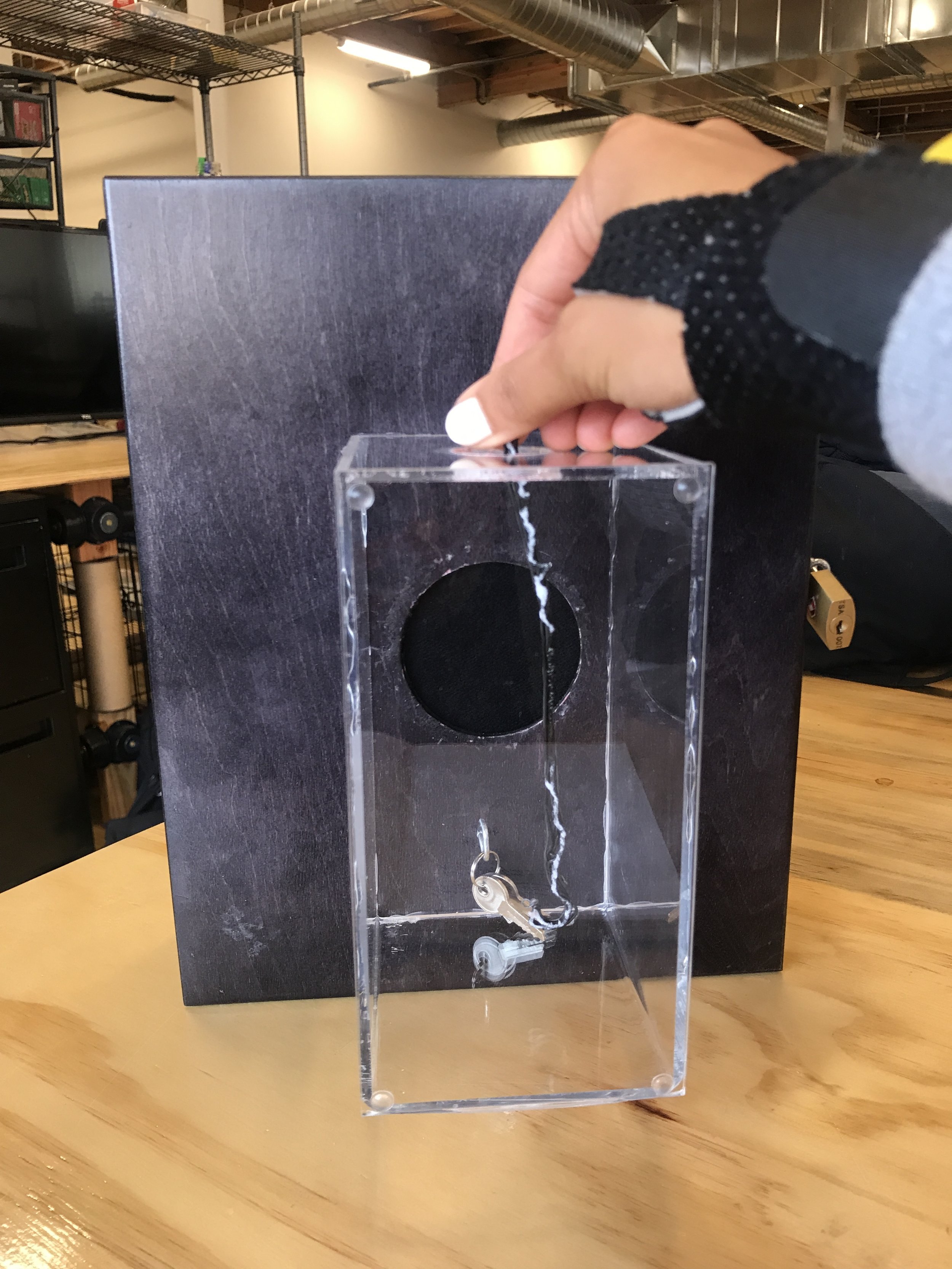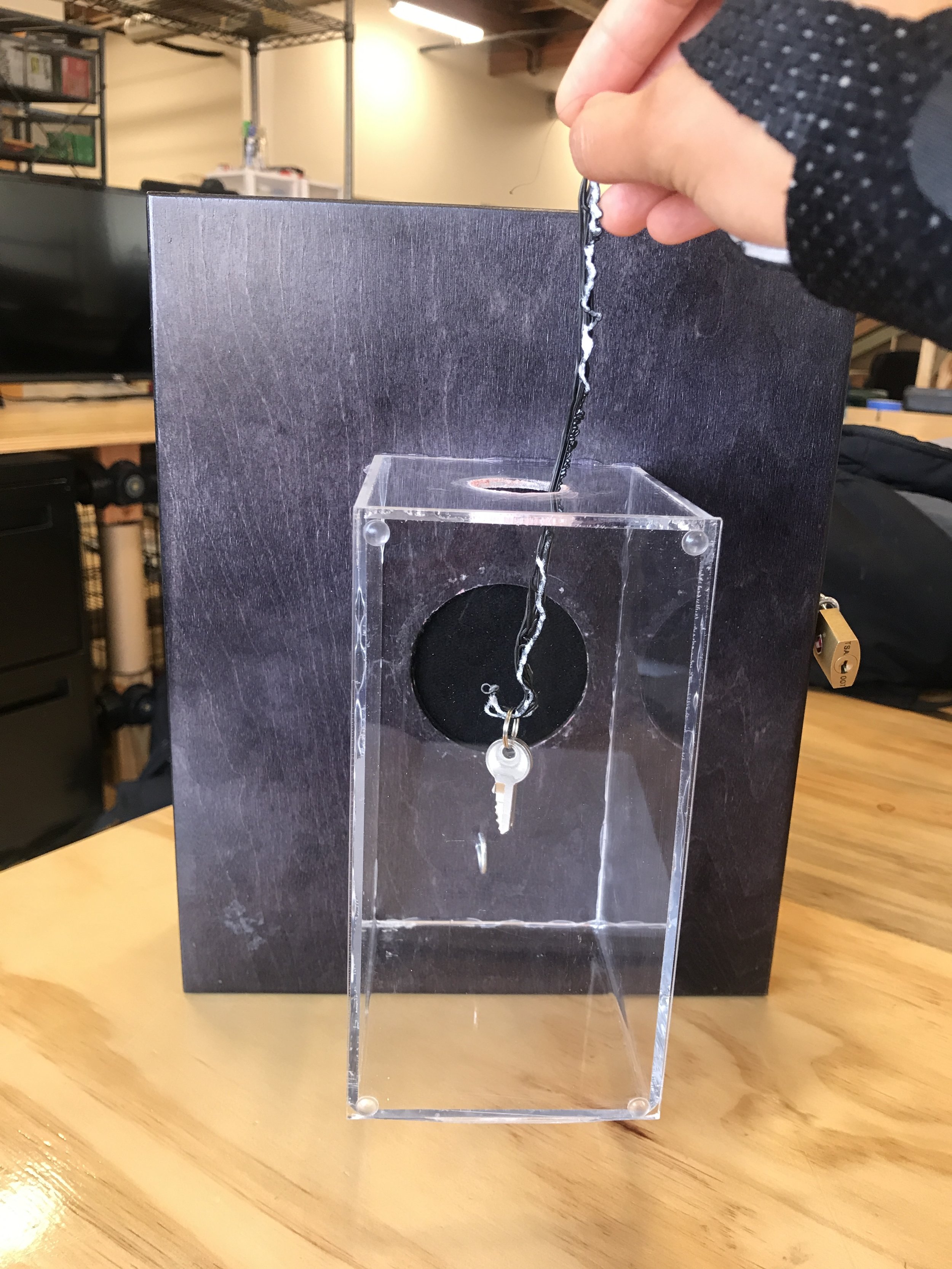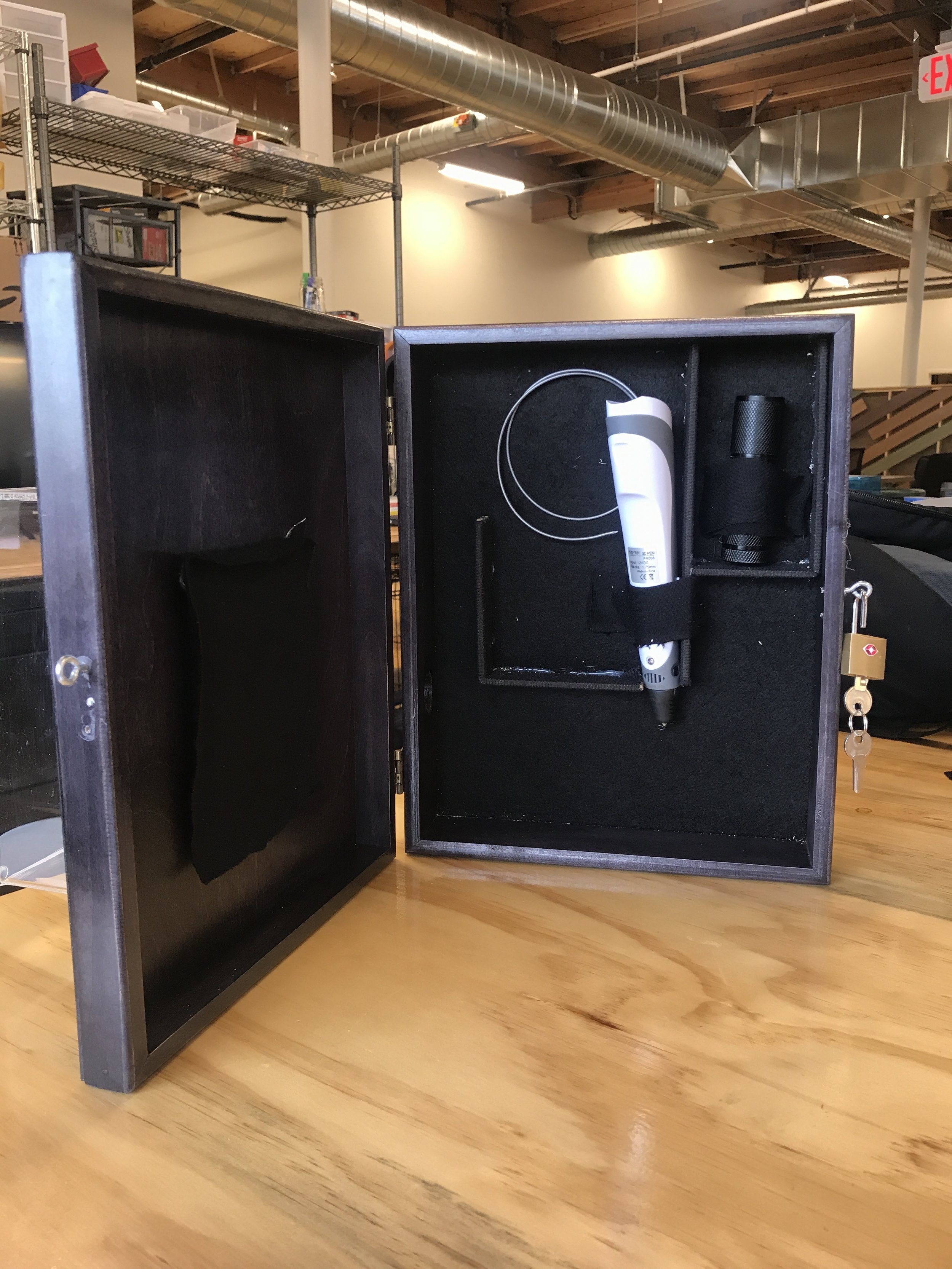This summer I forced myself to do the things that scared me. All summer long, I did things that I wasn’t good at. Many of my 3D prints failed. I started a small fire in the laser cutter. I tried to program games and found out I wasn’t really good at it. But I was lucky that I had the room to fail.
Two Bit Circus Foundation was my dream for so long, and it was amazing to have the opportunity to work there, but what was truly exceptional were the people that I got to work with. I actually liked going to work every day, in fact, I looked forward to it. I felt heard as an intern, I had room to grow, and I was surrounded by people who pushed me to be a better designer every day.
I also picked up another hobby over the summer to get over my fear of taking risks. I started going to acroyoga with my co-facilitator Max (featured selling his body for good behavior during Week 3) during my first weekend in LA, and ended up falling in love with it. It pushed me outside of my comfort zone, forcing me to get over my mental block of being afraid of failing. It takes commitment to what you’re doing and also a lack of fear to succeed. It also takes strong communication and trust in your partner to support you. All of which are fundamental skill sets to being a good designer and teammate! I fell on my face a bunch (left LA with a grass burned face), but I always got back up again.
I’m super sad to be leaving LA, but excited to have made so many friends and learned so much along the way. It’s not goodbye, but see you later Two Bit!
Featured: Milo (2BCF’s unofficial mascot), myself, and Max doing acroyoga in the instagram booth at the Two Bit Circus Microamusement Park















